Rosemary Plant
- October 23, 2023
- 0 comment
Rosemary, scientifically known as Rosmarinus officinalis, is a fragrant and evergreen herb that has captured the hearts of gardeners and cooks alike for centuries. Native to the Mediterranean region, this aromatic plant is celebrated not only for its culinary uses but also for its ornamental and medicinal qualities.
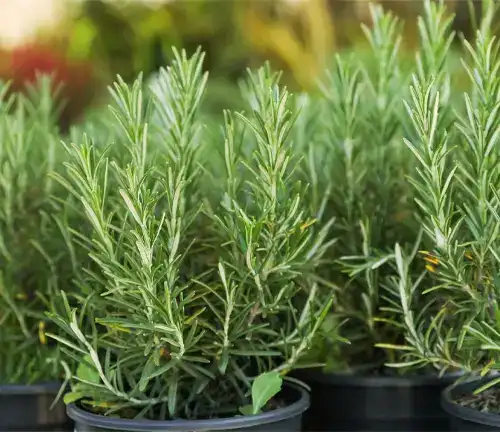
With slender, needle-like leaves and delicate blue flowers, rosemary adds a touch of elegance to any garden. Its culinary prowess lies in the rich, earthy flavor it imparts to a variety of dishes, especially when used to season meats, soups, and roasted vegetables. Beyond the kitchen, rosemary has been cherished for its potential health benefits, including improved memory and mood enhancement.
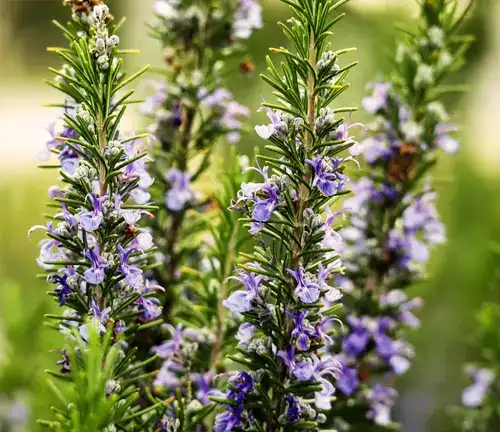
Whether you’re cultivating it for its beauty, culinary delights, or therapeutic properties, the rosemary plant is a versatile and cherished addition to any garden.
| Characteristics | Description |
| Scientific Name | Rosmarinus officinalis |
| Common Names | Rosemary, Garden Rosemary |
| Family | Lamiaceae |
| Plant Type | Evergreen Herb |
| Growth Habit | Upright, bushy |
| Height | Typically 2-4 feet (60-120 cm) |
| Leaves | Narrow, needle-like, dark green |
| Flowers | Small, tubular, typically blue, but can also be white or pink |
| Fragrance | Strong, aromatic, pine-like scent |
| Preferred Climate | Mediterranean, but adaptable to various climates |
| Sunlight | Full sun to partial shade |
| Soil Type | Well-draining, slightly alkaline |
| Watering | Moderate; allow the soil to dry between watering |
| Propagation | Through seeds, cuttings, or layering |
| Culinary Uses | Flavoring for meats, soups, stews, and roasted dishes |
| Medicinal Uses | Traditionally used for its potential memory-enhancing and mood-lifting properties |
| Ornamental Use | Often used as a decorative shrub in gardens |
| Companion Plants | Complements well with thyme, lavender, and sage |
| Pruning | Prune to maintain shape and encourage bushier growth |
| Hardiness Zones | Typically grown in zones 7-10, but can be grown as an annual or indoor plant in colder regions |
| Pests and Diseases | Relatively resistant, but may attract aphids and spider mites |
| Harvesting | Leaves can be harvested throughout the year, with the strongest flavor in the morning |
| Storage | Fresh rosemary can be stored in the refrigerator, while dried leaves can be kept in a cool, dark place |
| Landscape Use: | Borders, herb gardens, containers, and as a fragrant backdrop in landscaping |
| Caution | Avoid overwatering, as rosemary prefers drier soil; protect from severe frost in colder climates |
Botanical Beauty of “Rosemary Plant”
The “Rosemary Plant,” known by its scientific name Rosmarinus officinalis, is a botanical gem that has graced gardens and kitchens for centuries. With its slender, needle-like leaves and delicate blue flowers, it adds an undeniable charm to any landscape. This article delves into the botanical beauty of the Rosemary plant, exploring its visual appeal, growth habits, and contributions to the natural world.
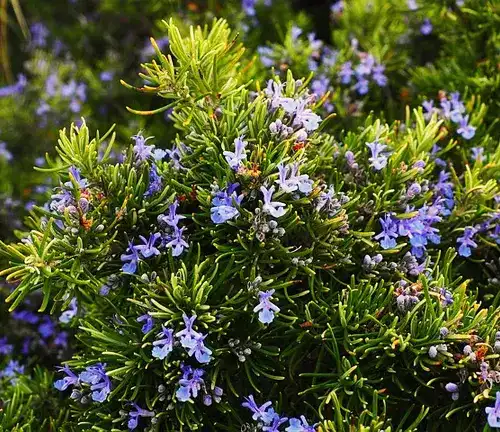
Woodland Elegance

One of the most striking aspects of the Rosemary plant is its woodland elegance. This evergreen herb boasts a gracefully upright and bushy growth habit, reaching heights of 2 to 4 feet. Its foliage, consisting of narrow, aromatic, dark green leaves, is not only visually pleasing but also emits a pine-like scent that enhances its allure. The Rosemary plant’s aesthetic qualities make it a popular choice for ornamental gardening, adding a touch of sophistication to any outdoor space.
Ecological Importance
Beyond its ornamental value, the Rosemary plant holds ecological significance. In its native Mediterranean habitat, it plays a role in supporting local ecosystems, providing shelter and food for various pollinators and wildlife. Its evergreen foliage also aids in preventing soil erosion, making it an essential part of the Mediterranean’s delicate ecosystem.
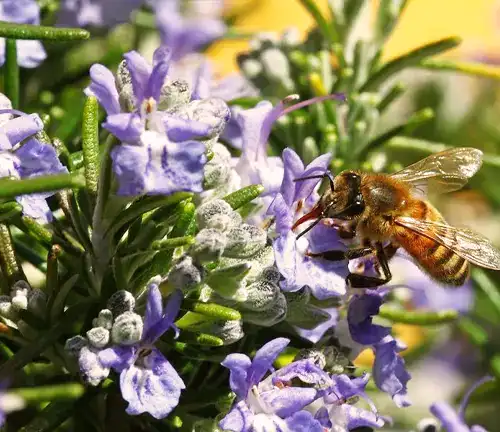
Cultivation and Conservation
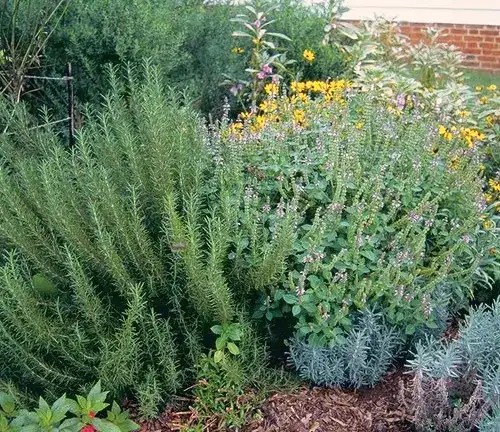
Cultivating Rosemary is a rewarding endeavor, whether in your garden or on your windowsill. While it thrives in Mediterranean climates, it can adapt to different conditions. However, as with any plant, it requires some care and attention to thrive. Conservation efforts are crucial to protect its genetic diversity and preserve its presence in both natural and cultivated landscapes.
Fragrance
The Rosemary plant is celebrated not only for its looks but also for its enchanting fragrance. The strong, aromatic scent of its leaves is akin to a walk through a pine forest, making it an excellent choice for fragrant gardens. The scent is not only pleasant but also has been linked to potential mood-enhancing properties, adding to the allure of this botanical wonder.
Soil Stabilization
In its native habitats and beyond, Rosemary serves a crucial role in soil stabilization. Its extensive root system helps bind the soil, preventing erosion and landslides. This feature makes it a valuable asset in maintaining the health of ecosystems and landscapes.
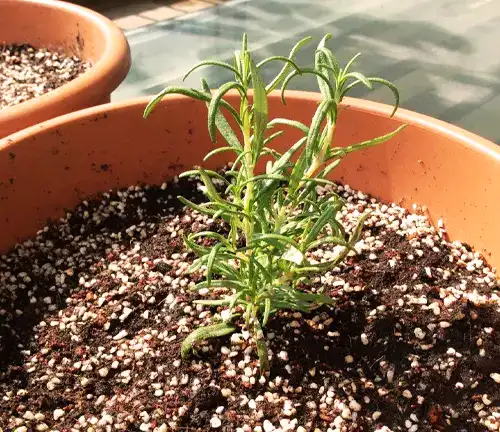
Common Uses

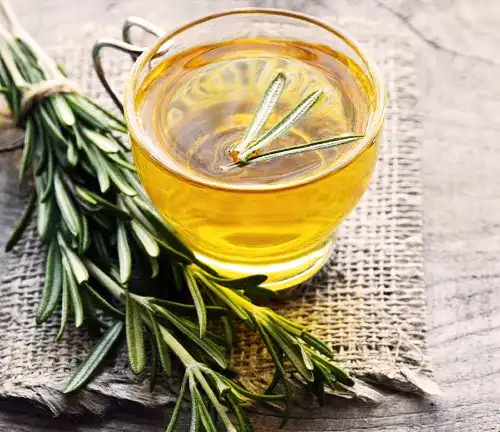
One of Rosemary’s most celebrated qualities is its culinary versatility. Its leaves are used to season a variety of dishes, adding a rich, earthy flavor to meats, soups, stews, and roasted vegetables. Beyond the kitchen, it is also employed in cosmetics, perfumes, and even as an ingredient in herbal teas.
Benefits
Apart from its culinary uses, Rosemary is believed to have potential health benefits. It has been traditionally used for memory enhancement and mood elevation. Additionally, its essential oil is valued for its aromatic and therapeutic qualities, which include promoting relaxation and mental clarity.
Different Species

Rosmarinus officinalis
This is the most common and widely cultivated species of Rosemary. It comes in various cultivars and is known for its culinary uses and ornamental value.
Rosmarinus eriocalyx
Also known as “Green Rosemary,” this species is native to the Canary Islands. It has similar aromatic leaves but is often used for its ornamental value.

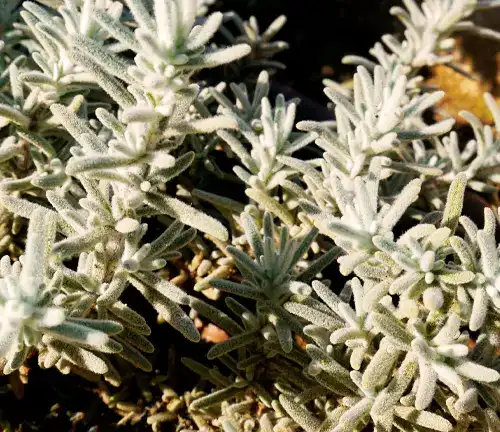
Rosmarinus tomentosus
This species is found in the Atlas Mountains of Morocco and is known for its soft, fuzzy leaves. It is used both ornamentally and for culinary purposes.
Rosmarinus lavandulaceus
This species, native to the Mediterranean, is sometimes referred to as “Sea Rosemary.” It has bright blue flowers and is often used in rock gardens.
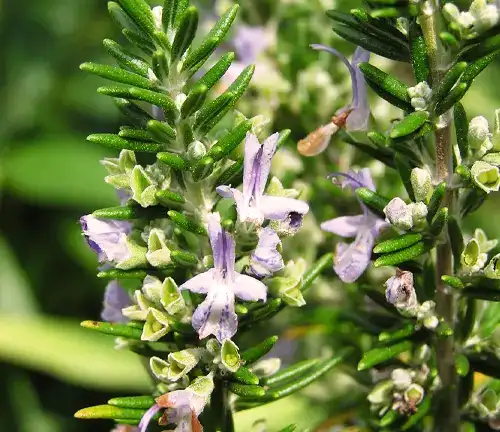
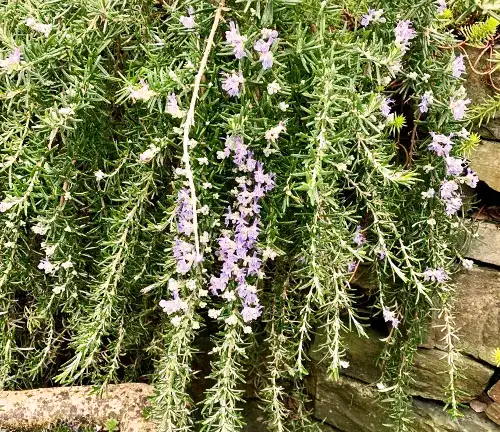
Rosmarinus officinalis
‘Prostratus’
This is a cultivar of the common Rosemary. It has a low, spreading growth habit, making it suitable as ground cover or in hanging baskets.
Rosmarinus officinalis
‘Arp’
Known for its cold tolerance, the ‘Arp’ cultivar is often grown in regions with harsh winters.

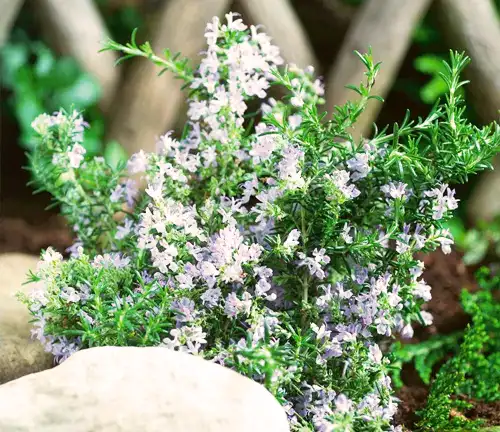
Rosmarinus officinalis
‘Tuscan Blue’
This cultivar is prized for its intense blue flowers and strong fragrance, making it a favorite for both cooking and landscaping.
Rosmarinus officinalis
‘Salem’
‘Salem’ Rosemary has dark green leaves and is known for its robust, upright growth.
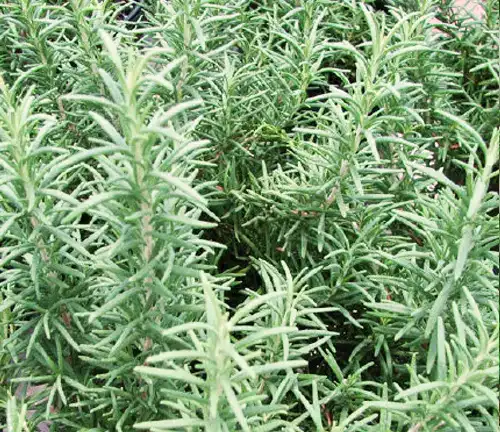

Rosmarinus officinalis ‘
Albiflorus’
This cultivar is unique for its white flowers, which stand out from the more common blue or purple blossoms.
Rosmarinus officinalis
‘Golden Rain’
This variety features leaves with golden-yellow edges, adding a touch of color to the garden.
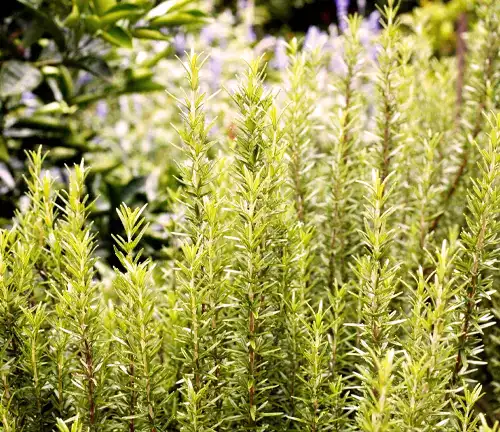
Frequently Asked Questions (FAQs)
- How do I care for my Rosemary plant indoors?
Rosemary can be grown indoors but requires plenty of sunlight, well-draining soil, and careful watering. Ensure it receives at least 6-8 hours of sunlight daily and water when the soil feels dry to the touch. - Can I grow Rosemary in colder climates?
Yes, you can grow Rosemary in colder regions by bringing it indoors during the winter months or using cold-hardy cultivars. Consider providing protection from frost and ensuring well-drained soil. - How often should I prune my Rosemary plant?
Regular pruning helps maintain the shape and encourages bushier growth. Prune your Rosemary as needed throughout the year, but avoid cutting more than one-third of the plant at once. - What are common pests and diseases that affect Rosemary?
Rosemary is relatively pest-resistant but can occasionally be affected by aphids and spider mites. It is generally disease-resistant but may suffer from root rot in poorly drained soil. - Can I grow Rosemary from seeds, or is it better to use cuttings?
While it is possible to grow Rosemary from seeds, it’s generally easier and more reliable to propagate from cuttings. Take 4-6 inch cuttings and root them in well-draining soil. - When is the best time to harvest Rosemary leaves for culinary use?
Harvest Rosemary leaves in the morning when their flavor and aroma are the strongest. You can harvest leaves throughout the year. - What are some common culinary uses for Rosemary?
Rosemary is a versatile herb used to flavor roasted meats, soups, stews, vegetables, and bread. It adds an earthy, pine-like flavor to dishes. - Are there any medicinal uses for Rosemary?
Rosemary has traditionally been used for potential memory enhancement and mood improvement. It is also used in herbal remedies for various ailments, but consult a healthcare professional before use. - How can I store Rosemary for later use?
Fresh Rosemary can be stored in the refrigerator in a plastic bag. You can also dry Rosemary leaves and store them in an airtight container in a cool, dark place. - What are the best companion plants to grow with Rosemary?
Rosemary pairs well with thyme, lavender, sage, and other Mediterranean herbs. Planting these together can create a harmonious and fragrant herb garden.


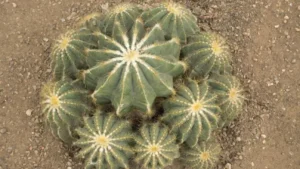
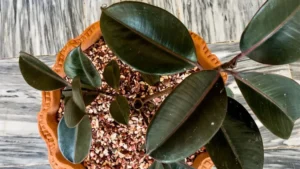
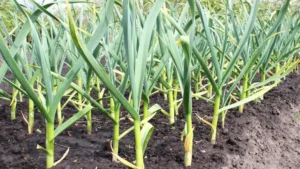
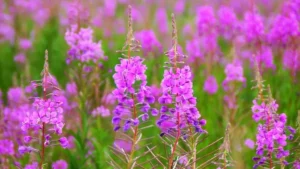

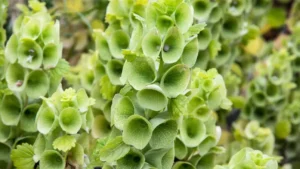
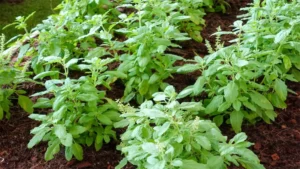

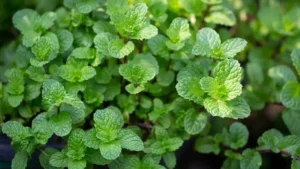
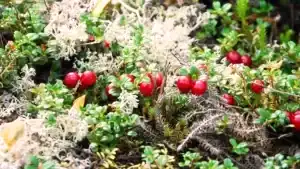


Leave your comment